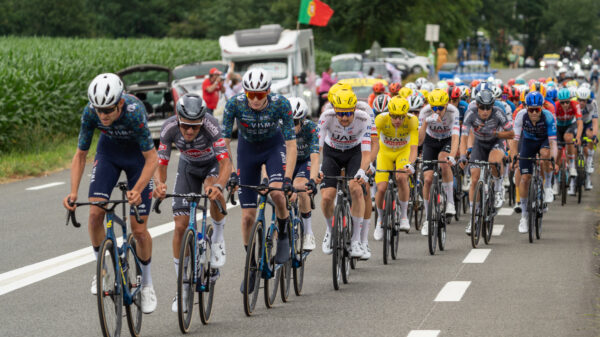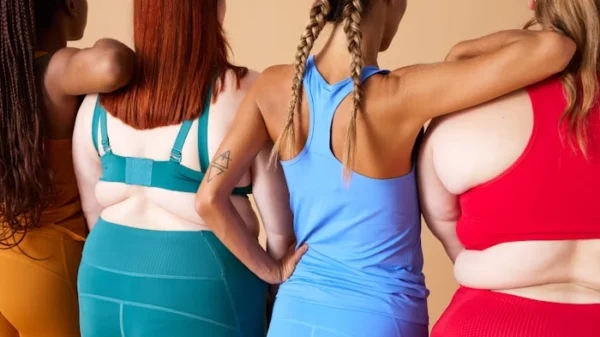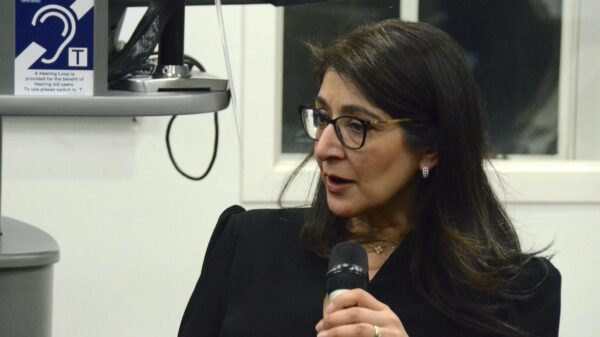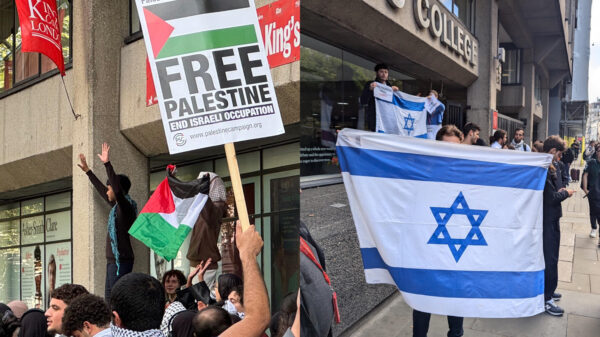Staff writer Jessica Berry evaluates the continuing protests in Iran and the government’s decision to use the death penalty on protestors.
On September 16, protests erupted in Tehran, Iran’s capital city, following the death of 22-year-old Mahsa Amini, a Kurdish tourist who was detained by Iran’s “morality police” for wearing her hijab “improperly”. She died in a hospital in Iran a few days later. This detention was because she was not viewed to be properly dressed according to the country’s regulations of head coverings and clothes that don’t show a woman’s figure. Given that she was reported to be brutally beaten during her detention and died just three days later, the timeline suggests she died as a result of her treatment in the detention centre, despite Iranian authorities claiming they had nothing to do with her death, citing heart conditions as the reason for it.
It was after the 1979 Islamic revolution where a mandatory dress code including hijabs and loose-fitting clothing in public became the law. Enforcing these laws has been the gasht-e-ershad or “morality police” who ensure compliance. They are allowed to stop and detain women for “relearning”, fines, and even flogging.
There have been protests against these rules before, such as in 2014, when women took to social media to show themselves without hijabs as a part of a social media campaign. These protests see a new scale of intensity, violence, and commitment, not seen before in Iran. Today, the hijab is perceived as a tool of oppression when imposed in this way. According to US news, 72% of Iranians surveyed that they don’t support compulsory hijab imposition. This is not about hijab discourse as the hijab is undeniably an important and sacred part of Islam. This concerns the oppression of women, as it is in conjunction with unspeakable levels of violence against them and an infringement on women’s rights. It is a stand against an undemocratic, misogynistic government.
This has resulted in women across Iran leading protests, setting their hijabs on fire in symbolism along with cutting their hair on social media to express their anger and frustration with the laws passed since the 1979 revolution. This galvanised support due to this situation’s relatability. When Mahsa Amini died, it lit a fire of anger and resentment from women, with a recount from Al Jazeera journalist Dorsa Jabbari detailing how almost anyone could find themselves in the position of not appearing proper and facing the abuse of the morality police.
Every woman is at risk of systematic abuse since 1981 when the hijab law was passed. Women could lose their jobs, be denied service in shops and taken out of education for the way they dress. Moreover, women in Iran are less able to get divorced, less able to retain custody of their children and can be prevented from getting jobs by their husbands. Despite police brutality and violent crackdowns, women and sympathetic men have continued the protests since September calling for the “death of the dictator”, in reference to the ruling Ayatollah, and for “women, life, and freedom”.
These protests are the first to be solely fixated on women’s freedom. Many Iranian men are seen to be just as committed to the cause, given how deeply they are impacted when women they know are so easily detained and punished for something as private as what they choose to wear. What’s worse is that what constitutes proper wear is often based on what the morality police decide as opposed to a specific outline. According to an article from Time magazine, “the men are fighting for their sisters and their mothers and their daughters, and they don’t want this for them either”.
Protests have spread across Iran and across the world, and while they have bravely continued, they have been faced with brutal crackdowns. Police have been seen beating peaceful protestors, opening fire on them, and dragging women across the floor by their hair. Niloofar Hamedi, the women’s rights journalist who broke the story on Mahsa Amini, was jailed by Tehrani police and is now in solitary confinement.
The most recent and horrifying development has been the voted-on decision to invoke the death penalty on protestors. This is in line with the judiciary’s decision to deliver harsher sentences for protestors. Nearly 15,000 Iranians have been arrested in conjunction with the protesting and on November 13, one was sentenced to death for setting a government building on fire. Twenty more people are facing charges punishable by death.
Other punishments have included jail for 5 to 10 years. This violation of human rights has appeared with an apparent trend of forced marriage and sexual assault on unmarried women who are imprisoned. Young girls who are detained in prison and due to be executed are being married to and raped by prison guards the days before their execution because the death of a virgin is against religious law.
What this indicates is a gross violation of human rights. It begins with the oppression of Iranian law, to the control of women, and the inhibition of the right to protest. These protests are symbolic of a tipping point in how women are willing to be treated in Iran. To be clear, it is not simply wearing the hijab that is oppressive to women, because the empowerment of women differs across the world depending on the context. The oppression is governmental control over women and their choices; France’s law in the ban of the hijab is just as misogynistic and controlling of women.
Mahsa Amini has become a martyr and a symbol of hope for women and Iranians who continue to protest despite the horrifying efforts by the government to crack down. Given the scale and power of the protests, the question of how long the government will be able to continue to survive comes under question.

















